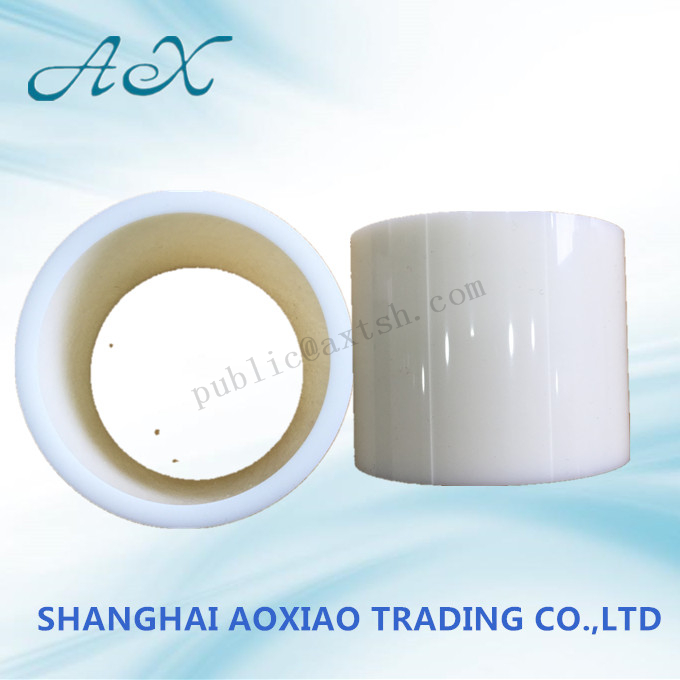What are the Factors Affecting the Shrinkage of Thermoplastics?
As a Plastic Tape Plastic Core Wholesaler, share with you.
Due to the changes in volume of crystalline formation, strong internal stress, large residual stress frozen in plastic parts, and strong molecular orientation during the molding process of plastics, the shrinkage rate is larger than that of thermosetting plastics. The shrinkage range is wide and the directivity is obvious. In addition, the shrinkage after molding, annealing or humidity conditioning is generally larger than that of thermosetting plastics.
When the plastic part is shaped, the molten material contacts the surface of the cavity and immediately cools to form a low-density solid shell. Due to the poor thermal conductivity of plastic, the inner layer of the plastic is slowly cooled to form a high-density solid layer with large shrinkage. Therefore, the wall thickness, slow cooling, and high-density layer thickness shrink.
In addition, the presence or absence of inserts, and the layout and number of inserts directly affect the direction of the material flow, the density distribution, and the shrinkage resistance, so the characteristics of the plastic parts have a greater impact on the shrinkage size and directionality.
The factors such as the shape, size and distribution of the feed inlet
directly affect the flow direction, density distribution, pressure-holding and
shrinking effects, and molding time. The direct feeding port and the feeding
port have a large cross section (especially a thick cross section), but the
contraction is small but the directivity is large. The width and length of the
feeding port are short, and the directivity is small. Close to the inlet or
parallel to the flow direction, the shrinkage is large.

HDPE Packing Tube Core
Molding conditions: The mold temperature is high, the molten material cools slowly, the density is high, and the shrinkage is large. Especially for the crystal material, the shrinkage is greater because of the high crystallinity and large volume change. The mold temperature distribution is also related to the internal and external cooling and density uniformity of the plastic part, which directly affects the shrinkage and directionality of each part.
In addition, holding pressure and time also have a greater effect on shrinkage. Those with high pressure and long time have small shrinkage but high directivity. The injection pressure is high, the molten material viscosity is small, the interlayer shear stress is small, and the elastic rebound is large after demolding, so the shrinkage can be reduced by an appropriate amount. The material temperature is high and the shrinkage is large, but the directionality is small. Therefore, adjusting the mold temperature, pressure, injection speed and cooling time during molding can also appropriately change the shrinkage of the plastic part.
When designing the mold, according to the shrinkage range of various plastics, the wall thickness and shape of the plastic part, the size and distribution of the feeding port, the shrinkage rate of each part of the plastic part is determined empirically, and then the cavity size is calculated.
Our company also has HDPE Packing Tube Core on sale, welcome to consult.




